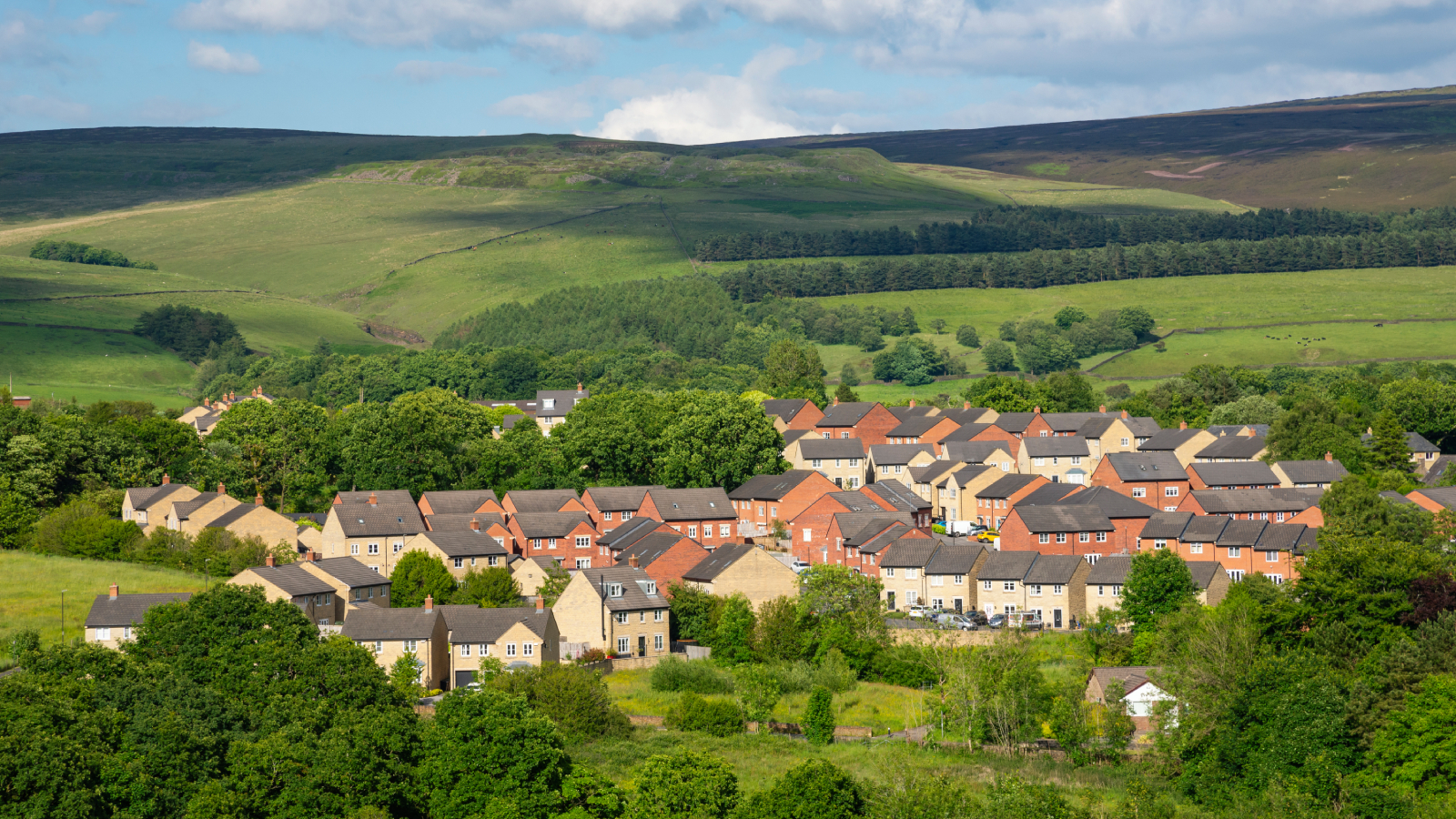Why councils are reclassifying villages as towns to challenge government planning rules
Councils are increasingly looking to reclassify villages as towns to protect green belt land and limit development under government ‘grey belt’ rules

Councils across England are using settlement reclassification as a tool to defend green belt land from national housing pressures.
Solihull Council has proposed reclassifying four villages – Knowle, Dorridge, Bentley Heath and Balsall Common – as towns to limit the impact of grey belt planning reforms.
By changing how these settlements are officially defined, councils aim to influence where development can take place and protect the character of rural areas.
How reclassification protects green belt land
Solihull’s Draft Settlement Hierarchy consultation proposes that certain rural settlements be considered towns rather than villages.
Solihull Councillor Andy Mackiewicz said: “There are clearly now specific consequences to whether a settlement is considered a village or a town, which will influence the interpretation of green belt policy and have implications for the location of new development.”
National Planning Policy Framework rules provide stronger protections for towns compared to villages. Villages in grey belt areas can be more easily merged or targeted for housing, whereas towns are considered more established settlements and are less likely to be included in large-scale rural development plans.
By reclassifying these villages, Solihull hopes to create a legal and policy-based barrier to unwanted development, keeping green belt land intact while still allowing residents to identify locally as a village.
Bring your dream home to life with expert advice, how to guides and design inspiration. Sign up for our newsletter and get two free tickets to a Homebuilding & Renovating Show near you.
Other councils challenging grey belt rules

Solihull is not alone in exploring creative ways to limit development on sensitive land:
- Oxford City Council (2024): Proposed merging surrounding villages into a larger “Greater Oxford” unit to centralise planning decisions and protect green belt land.
- Castle Point Borough Council: Recently challenged a planning inspector’s approval for homes on grey belt land, demonstrating how councils can legally contest national housing policies.
These examples illustrate a growing trend of local authorities navigating green belt loopholes or using planning designations to influence where development can happen.
Could council rebellion spread?
Experts are closely watching Solihull and other councils' approach.
James Clark, Partner at Foot Anstey, warned: “The Government is unlikely to tolerate councils attempting to sidestep national policy in this way.”
Myles Wild-Smith, Planning Director at Lichfields UK, described the approach as a “bold strategy” that allows the council to continue advancing draft allocations while technically complying with guidance.
The strategy exploits a gap in policy: there is no legal definition of a village versus a town, giving towns stronger protection under current planning rules. Larger villages with populations above 5,000 and significant amenities can make a compelling case for reclassification.
However, James Clark cautions that the approach carries risks, including legal challenges from developers, prolonged planning uncertainty and potential government intervention to close the loophole.
While it may offer short-term protection, councils considering this approach must weigh the trade-offs carefully.

News Editor Joseph has previously written for Today’s Media and Chambers & Partners, focusing on news for conveyancers and industry professionals. Joseph has just started his own self build project, building his own home on his family’s farm with planning permission for a timber frame, three-bedroom house in a one-acre field. The foundation work has already begun and he hopes to have the home built in the next year. Prior to this he renovated his family's home as well as doing several DIY projects, including installing a shower, building sheds, and livestock fences and shelters for the farm’s animals. Outside of homebuilding, Joseph loves rugby and has written for Rugby World, the world’s largest rugby magazine.
